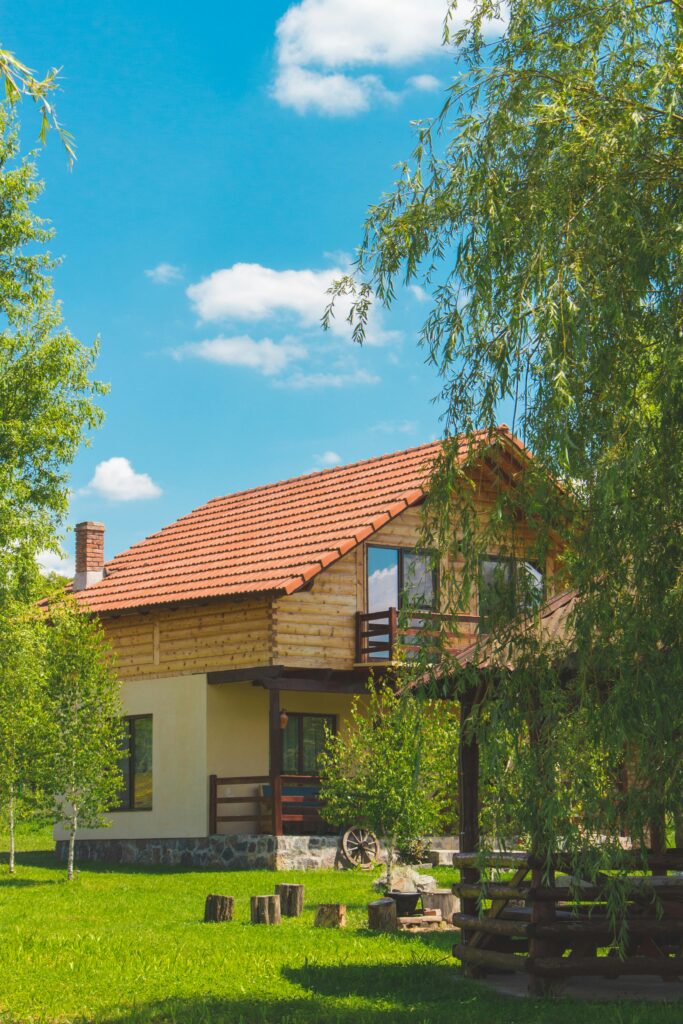Best Times of the Year for Roof Cleaning in Seattle
The best times of the year to schedule roof cleaning in Seattle are primarily early spring and late summer. These seasons provide optimal conditions for effective cleaning and maintenance.

Early Spring
Spring is an ideal time to clean your roof as it allows homeowners to remove debris that has accumulated during the winter months. The weather is generally mild, making it easier for professionals to work safely and effectively. Cleaning your roof in early spring also prepares it for the warmer months ahead, ensuring that any moss or algae growth is addressed before it can spread.
Late Summer
Scheduling roof cleaning in late summer is another excellent option. This timing helps to eliminate any moss or algae that may have developed during the wetter months of spring and early summer. By cleaning your roof before the fall rainy season, you can prevent further growth and ensure that your roof remains in top condition as the weather changes.
Avoid Rainy Seasons
It’s crucial to avoid scheduling roof cleaning during the rainy season or when rain is imminent. Wet conditions can impede the effectiveness of cleaning solutions and prolong drying times, potentially leading to damage. Therefore, planning your roof cleaning during dry weather ensures that the process is efficient and effective.
How Weather Impacts Roof Cleaning Effectiveness
The effectiveness of roof cleaning solutions is significantly influenced by weather conditions. Various factors such as temperature, humidity, precipitation, and sunlight can impact how well cleaning products work and the overall safety of the cleaning process.
Temperature and Humidity
In Seattle’s wet climate, high humidity levels can promote the growth of moss, algae, and lichen on roofs. These organisms thrive in damp conditions, making it essential to use effective cleaning solutions that can penetrate and eliminate them. However, if the temperature is too low, especially below freezing, the effectiveness of certain cleaning solutions may be compromised. Ideally, roof cleaning should be performed when temperatures are above freezing for several hours to ensure that the cleaning agents can work effectively without freezing on the surface.
Precipitation
Rain can both help and hinder roof cleaning efforts. Light rain can assist in rinsing away debris after a cleaning session, but heavy rain should be avoided. Cleaning roofs during heavy rain can lead to safety hazards due to slippery surfaces and increased risk of accidents. Moreover, excessive moisture can dilute cleaning solutions, reducing their effectiveness. It’s best to schedule roof cleaning on dry days or when light rain is expected after the cleaning process.
Sunlight Exposure
Direct sunlight can also impact the performance of roof cleaning solutions. In hot weather, intense sunlight may cause cleaning products to evaporate too quickly, leaving residues behind that can attract dirt and grime. To maximize effectiveness, it’s advisable to clean roofs during cooler parts of the day or on overcast days when direct sunlight is minimal. This allows the solutions to remain on the surface longer, ensuring thorough penetration and removal of unwanted growths.
Seasonal Considerations
Seasonal changes play a crucial role in determining the best times for roof cleaning. In Seattle, spring is often recommended for cleaning as it allows homeowners to remove winter debris before the rainy season begins. Conversely, late summer or early fall is also ideal for capturing fallen leaves and preparing the roof for winter

Summary
For Seattle homeowners, the best times to schedule roof cleaning are early spring and late summer. These periods allow for effective moss and algae removal while providing favorable weather conditions for safe and thorough cleaning.